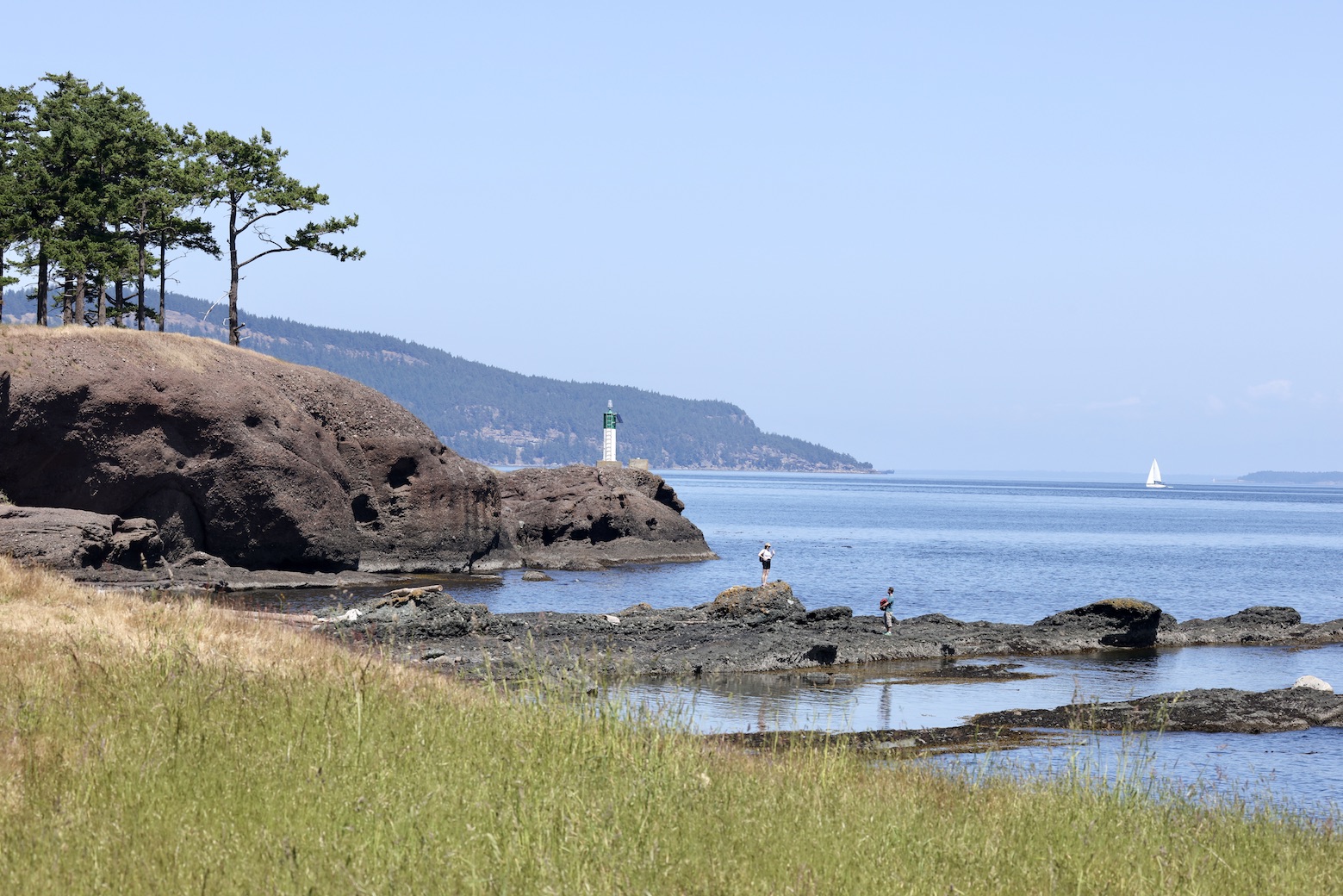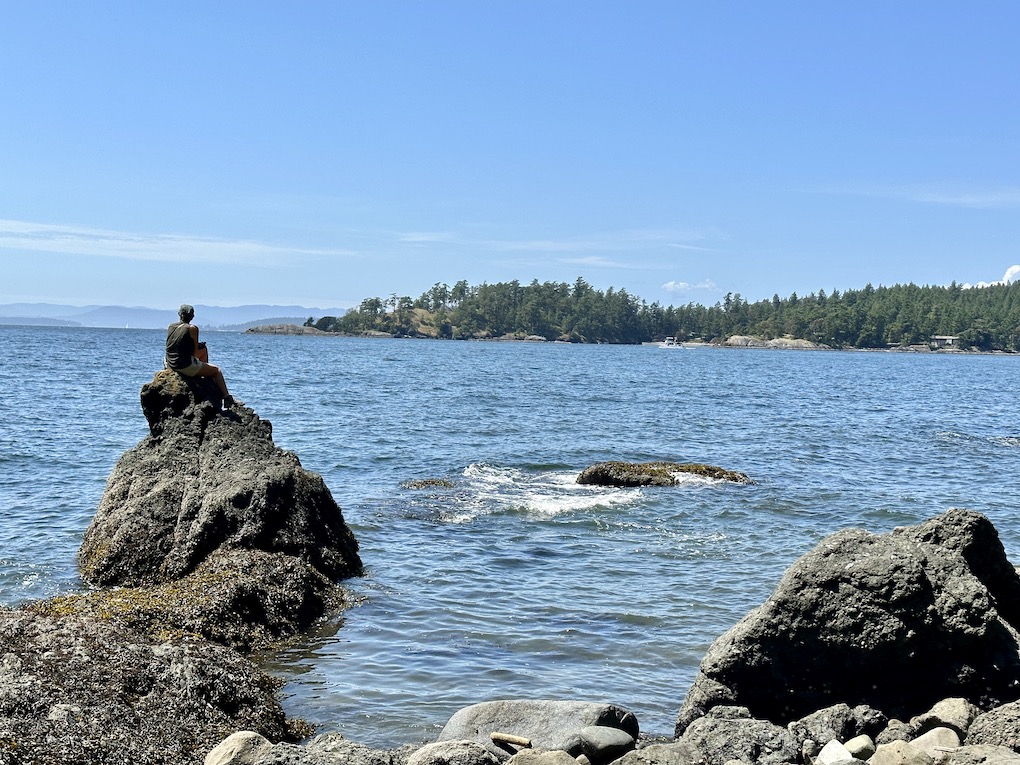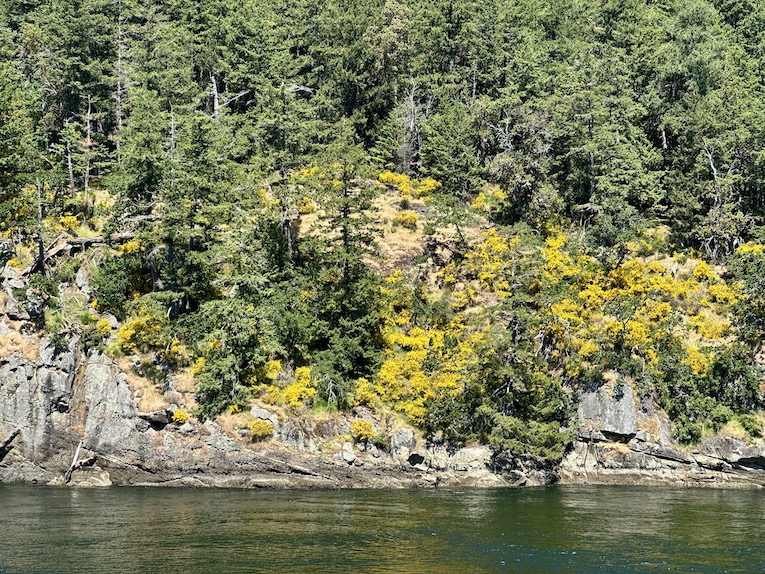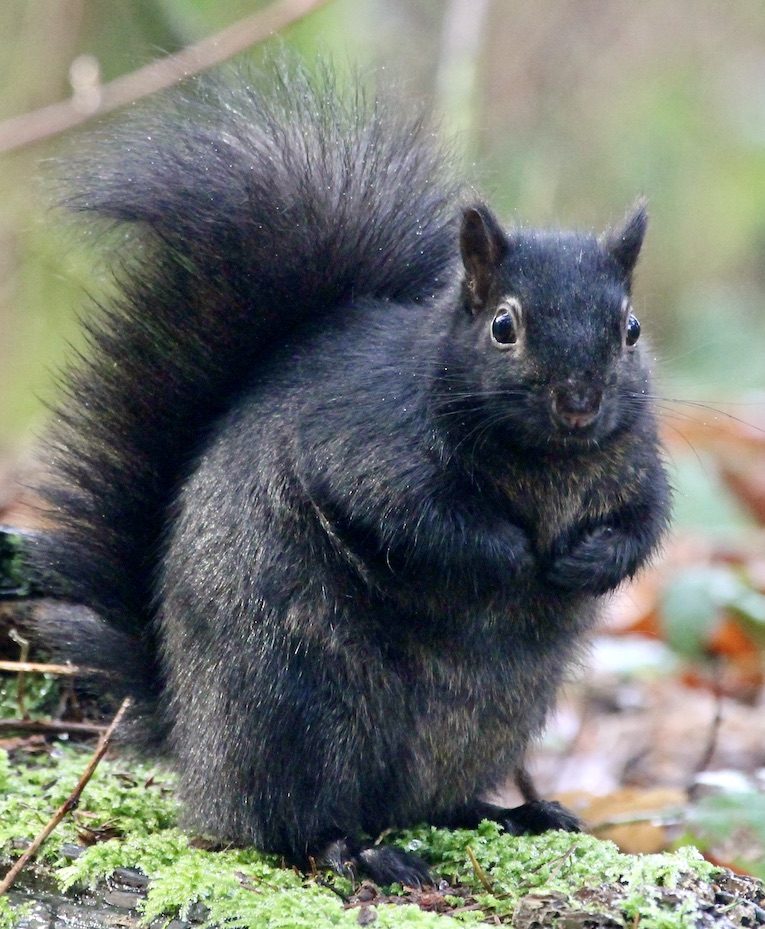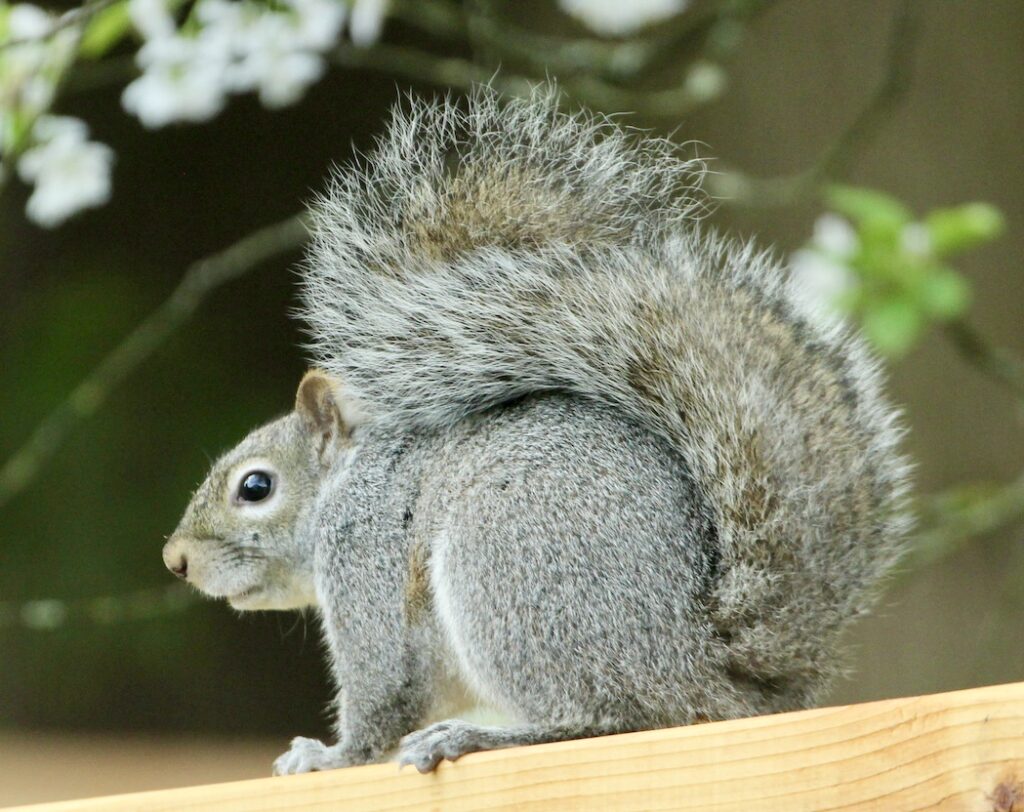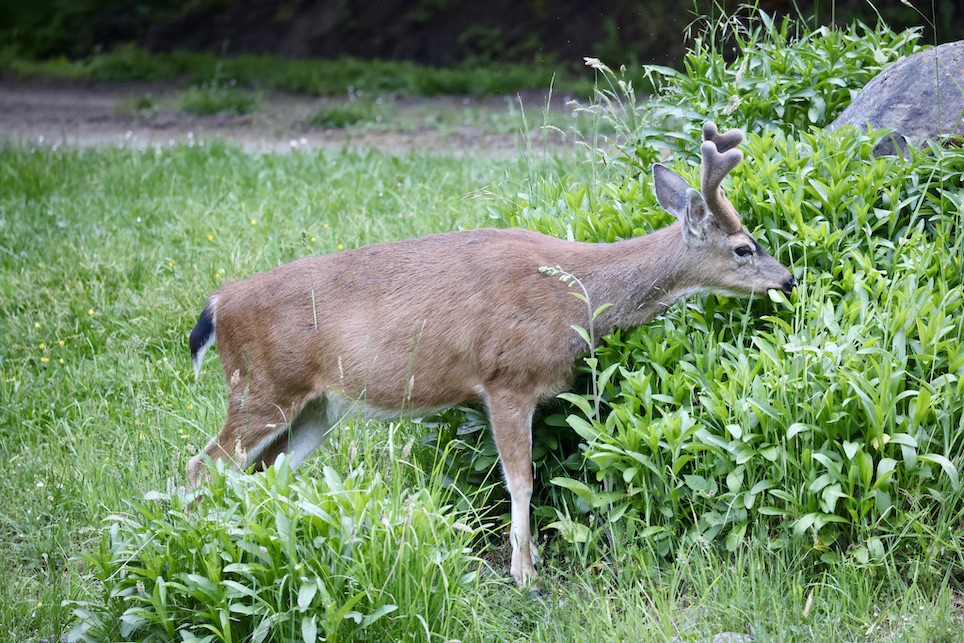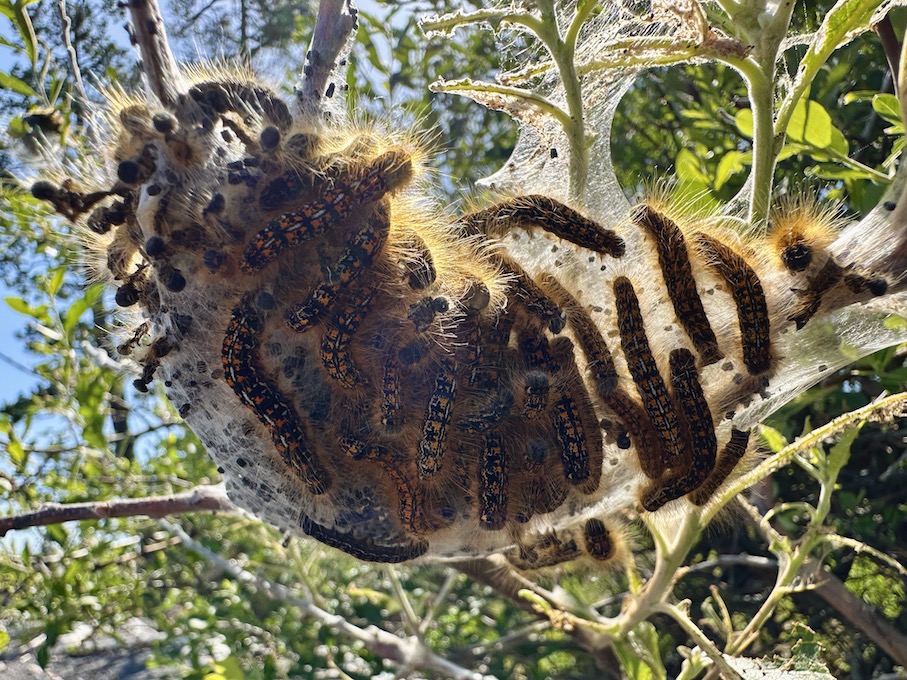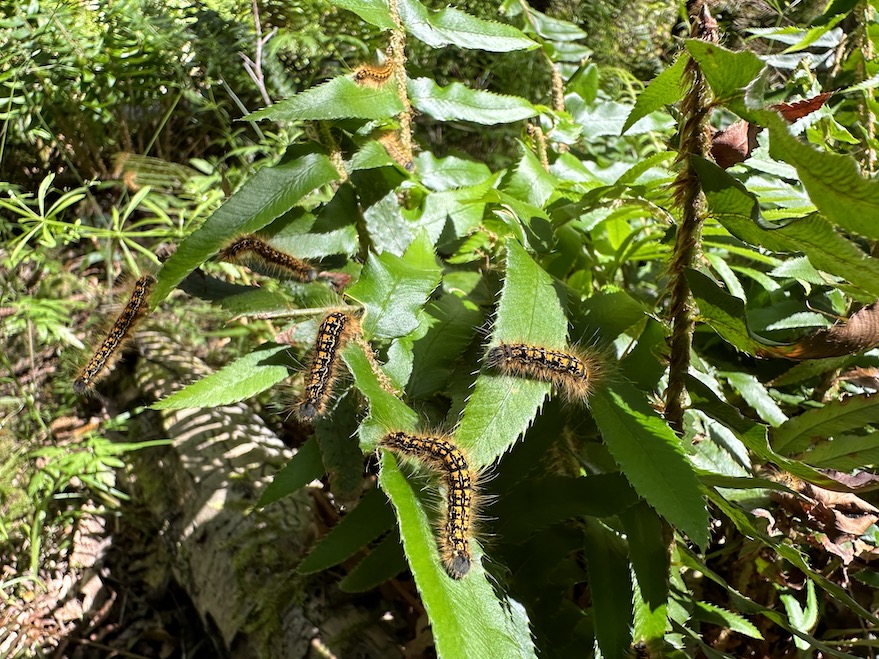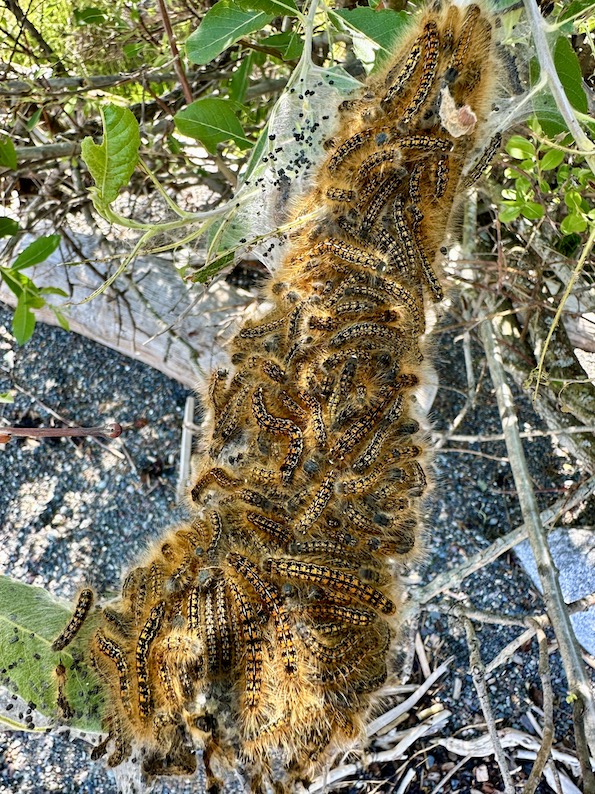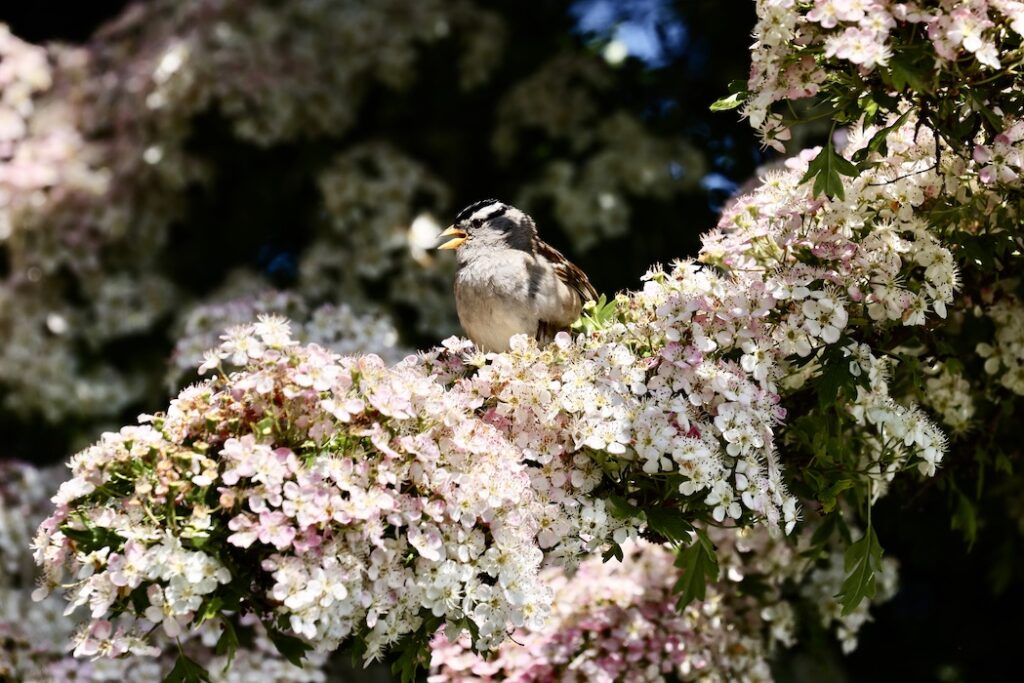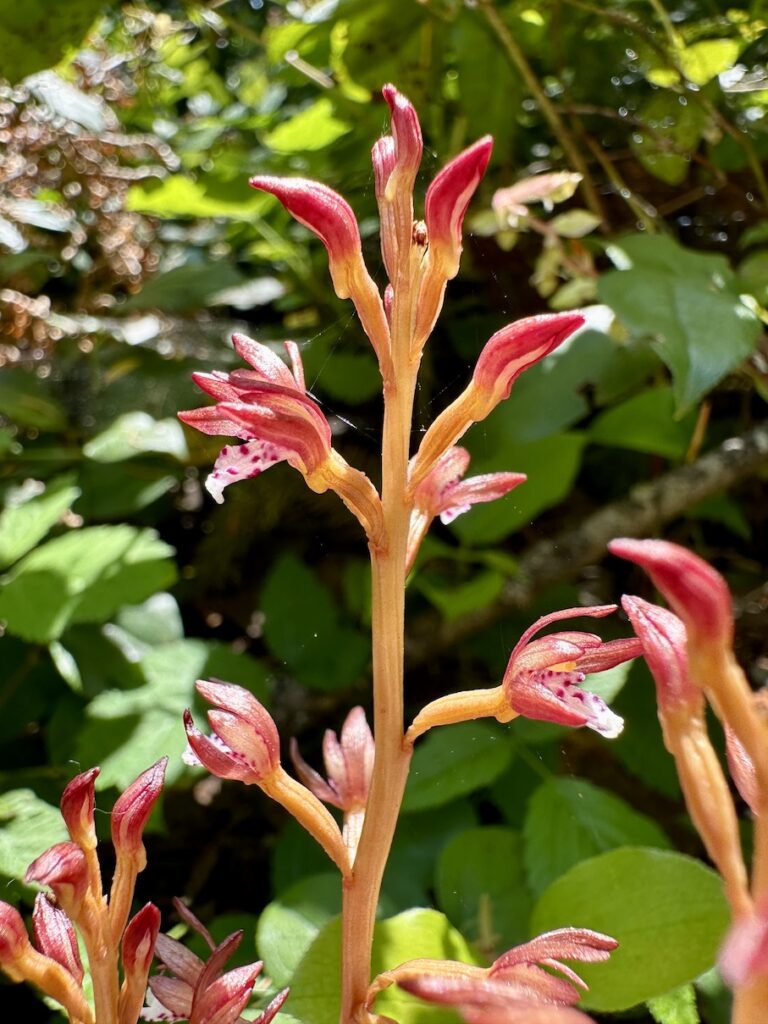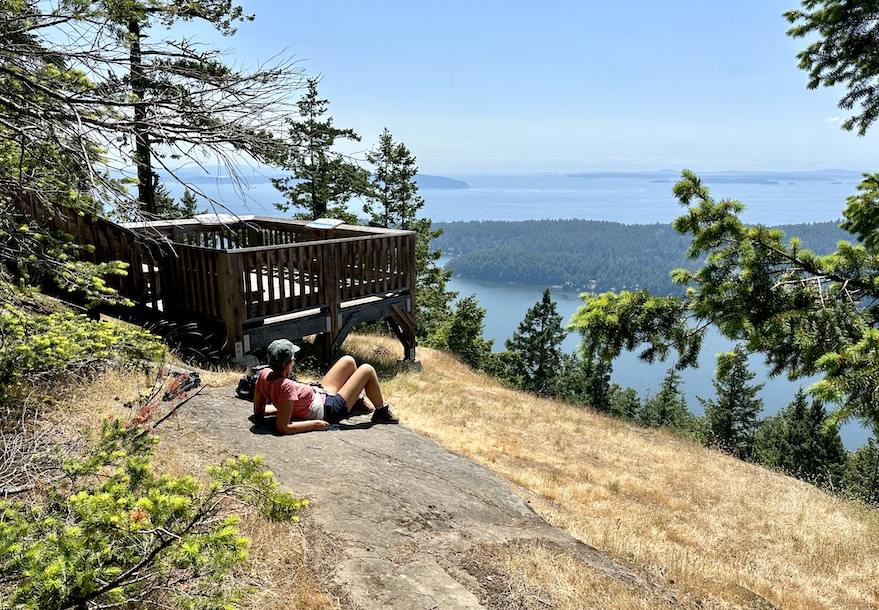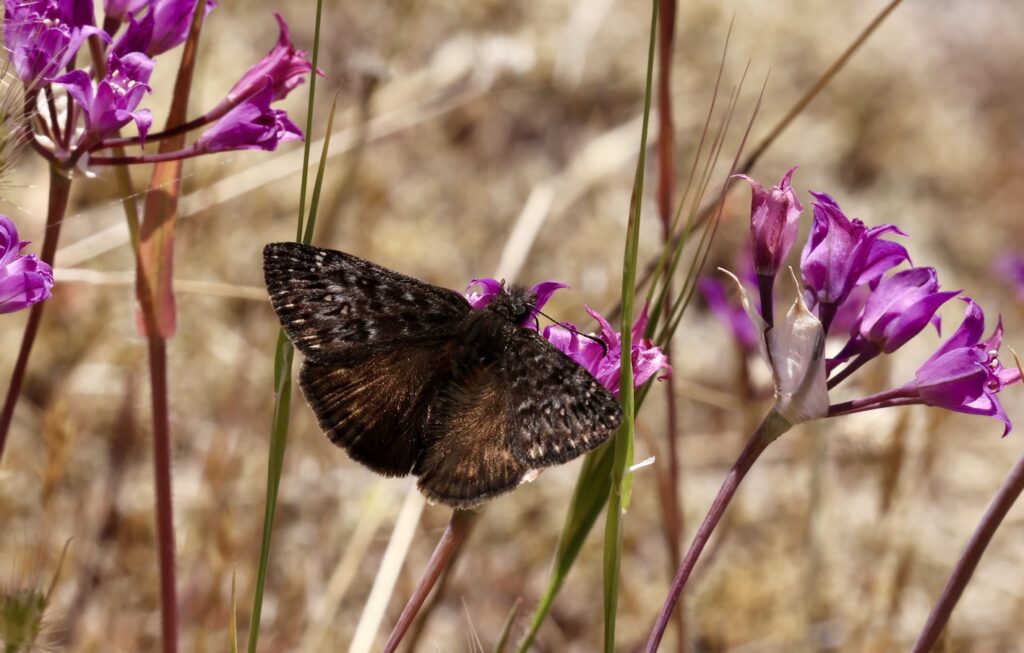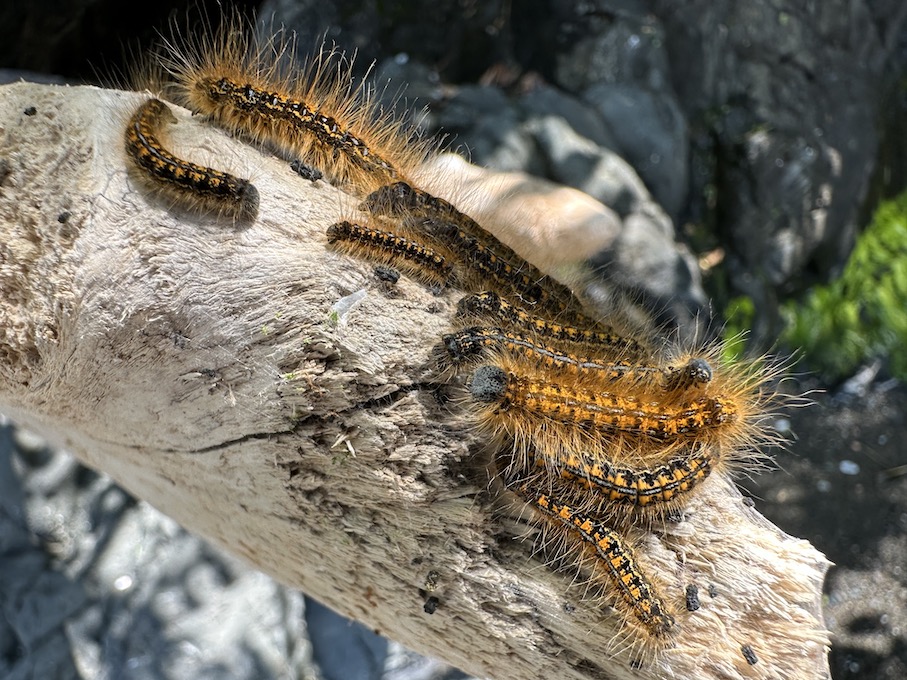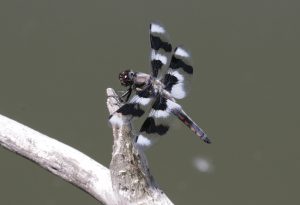Living on the Lower Mainland of British Columbia it’s difficult not to notice how much is being covered with concrete and tarmac in the rush to build houses that run to the limits of each new property. Driveways and decks take up the remaining green space and the local roads are now so busy, walking to your destination can be quicker than using a car. Not that walking is a bad thing, but air quality in summer is so poor, breathing successfully can no longer be taken for granted.
The occasional visit to somewhere cleaner and quieter might seem essential. The question is, where is the best place to take a break without travelling the great distances available to most Canadians. My first choice would be an island with fewer people, less traffic and when forests are not burning, the air quality is good. By great good fortune, the Gulf Islands are readily accessible from the Lower Mainland, and most are ruggedly beautiful. Despite the loss of old growth forests, the Islands are favourable destinations for a great many people; especially for those who like my wife, enjoy sitting on a rock and looking out for whales.
When arriving by ferry on a Gulf Islands late in the spring, it is difficult not to notice the bursts of yellow that shouldn’t be there. This is Scotch broom — introduced by army officer Walter Colquhoun Grant in 1850. He brought this invasive flowering shrub to his Vancouver Island property, and from there it spread rapidly. Grant was originally from Edinburgh and it was claimed his enthusiasm for the plant was down to being homesick… This is a good story, but the broom didn’t come from his native Scotland, it came from Hawaii where it was already quite troublesome. The attitude back then was similar to our views on global climate change today: by the mid-1800s introducing foreign species to unfamiliar ecosystems was already causing problems, but people chose to ignore it. They just carried on until the situation became impossible to reverse.
Jen and I are presently working through visits to the Canadian Gulf Islands; encouragingly we are spoilt for choice. Last week was the turn of Pender Island and I felt very comfortable as we drove off the ferry. Somebody told me there are no racoons here, but on leaving the terminal we at once saw one crossing the road. and so working out what should and should not be here was going to be interesting.
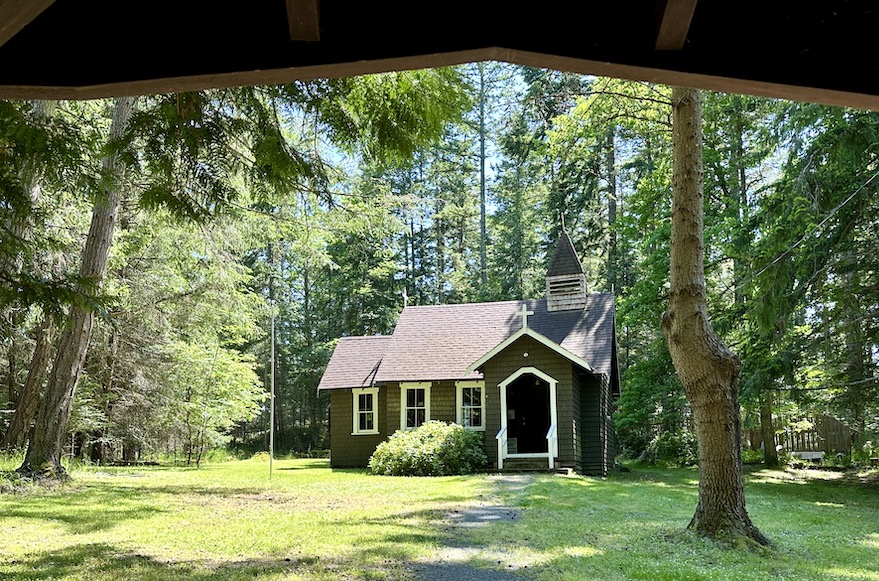
My first visit to Canada was way back in 1982 when I drove across the U.S. border from Maine. I’d never been to Canada before and my first impression was that it didn’t compare favourably with where I had come from. Maine was, and probably still is, slightly unkempt. I enjoyed driving through its extensive bogs and forests, the tall roadside grasses swaying hypnotically in response to the passage of my vehicle; but once across the border things were very different. somebody had tidied up… and everything felt a bit uptight. Passing through one small town I noticed the wooden buildings had been painted to give the impression they had been built of red brick, which was oddly disturbing. I considered turning around and going back to New England, but instead kept going until I reached Montreal which I very much liked… but not for long as it began to eat all my money. Canada has always been irritatingly expensive compared to the U.S.. Many Canadians living close to the border will take the opportunity to cross to and do their shopping; although since the Covid pandemic and the war in Ukraine, prices have been evening out.
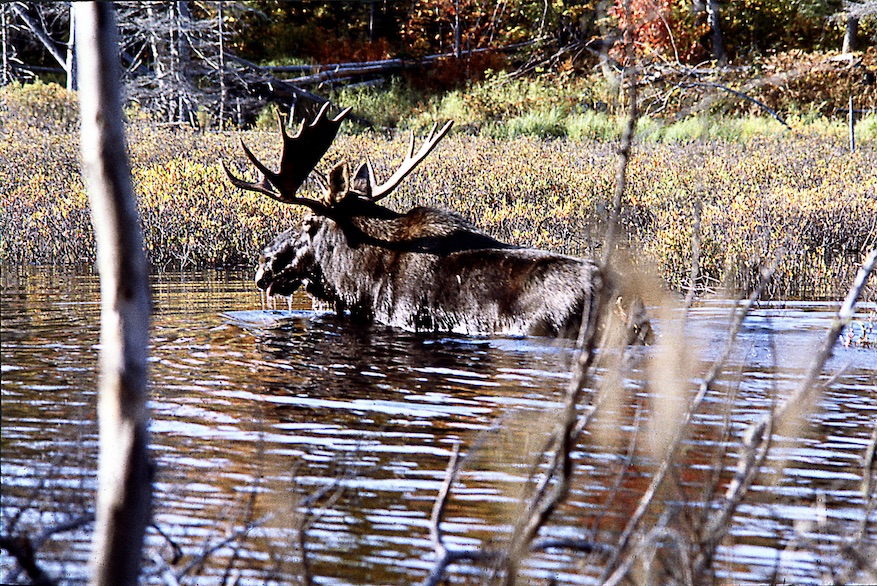
To put the West Coast up against the East Coast might seem like comparing chalk and cheese. Pender Island certainly doesn’t have anything to offer in the way of bogs and moose, but it does have a New England feel that has nothing to do with natural history. In its favour the Island doesn’t have vast numbers of black fly, mosquitos, or the right to carry a concealed handgun — all of which are common to Maine; and the red maples and colourful sycamores that provide the East Coast with stunning autumn colours don’t feature prominently. Instead there are Douglas fir, red cedar and some of the most beautiful coastal arbutus trees you will ever see; and in keeping with the incursion of Vancouver Island south across the 49th parallel, Pender Island is also well south of this often quoted borderline latitude. The mainland to the east is U.S. territory; and the next island across is busy with star spangled banners… This is about as close to the United States as you will get without actually being there.
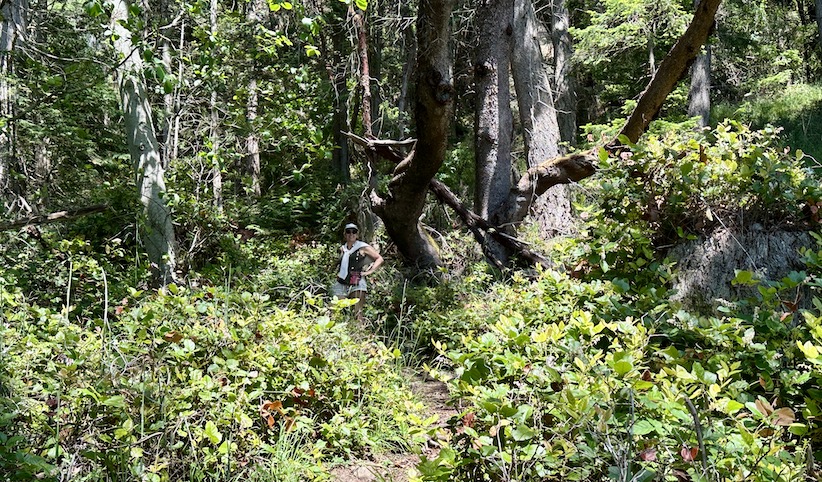
It didn’t take long to notice there are no squirrels on the Island — certainly no greys at least. Grey squirrels were introduced to Vancouver ‘s Stanley Park in 1909, brought over from the East Coast because somebody thought it a good idea… It wasn’t: they quickly reproduced and spread, becoming serious competitors to the native Douglas Squirrel along with red squirrel; and soon it was posing a threat to native trees and nesting birds. Their arrival on Vancouver Island was much later (around 1966 — nobody seemed to have learnt any lessons from the earlier introduction on the mainland). Since then the greys have steadily spread and are now a likely threat to species such as the Garry oak.
I know this squirrel fairly well. Introduced to Britain in the 1890s it spread rapidly, causing a variety of problems for other species, including the native red squirrel. I remember reports when I was a teenager, of massive damage to forestry and there were many unsuccessful attempts at control. Britain is a good example of the kind of damage grey squirrels can cause when introduced to places they don’t belong and it is difficult to imagine why the later introductions occurred.
Wheee we live on the Lower Mainland grey squirrels regularly use our fence to visit a hazelnut tree in a neighbour’s garden, and our local park is heaving with this troublesome rodent. The squirrels get fed by well-meaning people, blissfully unaware that they are contributing to the destruction of native birds and trees; and with the squirrels now present in such hight numbers, many are suffering from disease.
With no grey squirrels, Pender Island’s woodlands should have the advantage. There are no rabbits here either, so one might expect it less likely for meadow flowers to get nipped in the bud early in the spring. But sadly this is where it all goes to pot, because the Island is busy with large numbers of black-tailed deer, and this makes a significant difference. You might think, ‘Two out of three ain’t bad’, but it is clear that the deer have drastically reduced the availability of flowers for insects to feed on: over the course of a week I saw fewer bumblebees across the whole of the Island than I would expect to see in my mainland town garden in less than a minute (although I must admit to having planted the garden with pollinating insects and hummingbirds in mind). Back at home we do have rabbits, but their grazing reach is limited in comparison with deer. On the mainland, predators such a coyotes and large numbers of crows help keep rabbit numbers at a reasonable level. On Pender Island there are no natural deer predators other than humans, but these beautiful creatures remain completely unfazed by our presence, which indicates they are rarely shot at and in consequence are busy eating out almost every juicy plant they are able to reach.
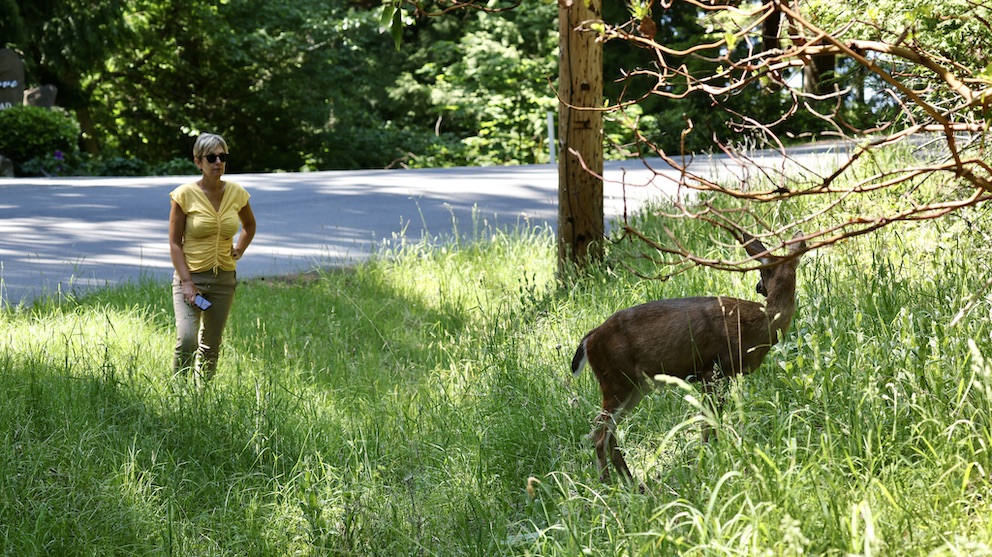
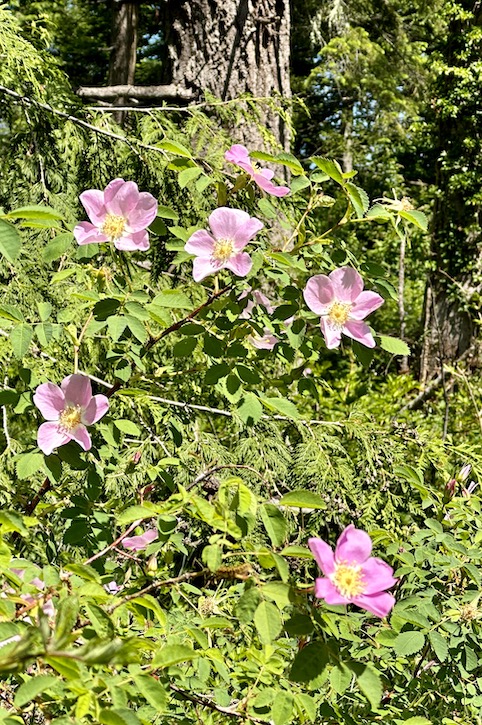
I don’t take any pleasure in the hunting animals, but there are people who do: shooting is a pass-time enjoyed by a great many people, and it might be that Pender Island could do with a few of them, although there might be more humane methods of reducing deer numbers. The objection to controlling deer by shooting might be regarded by some as sentimental. When there are no big predators around to control deer numbers, micro-organisms will take up the slack, and death by the diseases is far less pleasant than efficient deer control by an expert marksman. In 2021 when deer numbers were high on Vancouver Island, sickly deer became a common sight. A combination of late births, parasites and poor nutrition lead to ‘winter kill’, as weaker animals unable to cope with the hasher conditions of winter and early spring began to die. Presently Adenovirus Hemorrhagic Disease (AHD) has been spreading. This is a deadly virus that moved through the Gulf Islands before spreading to Vancouver Island. It causes the hemorrhaging of small blood vessels in the lungs of infected deer and is responsible for a great many unpleasant deaths. The disease often progresses rapidly, it is usually fatal and there is no known cure. But if AHD didn’t fill the gap then something else would. We think such checks and balances quite brutal, but without them biological systems couldn’t operate. Such diseases are an unpleasant aspect of nature and especially disturbing for the many of us who have become detached from the realities of the natural world.
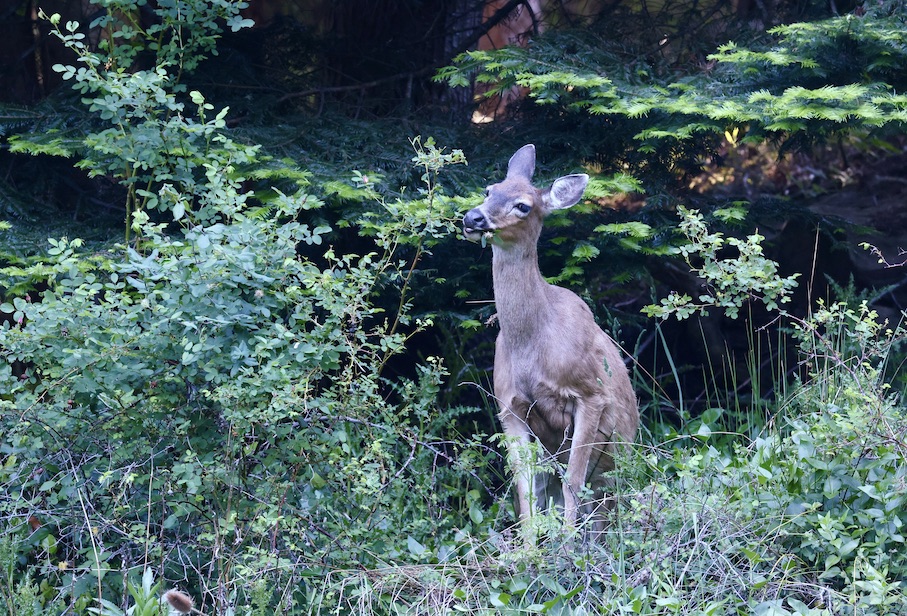
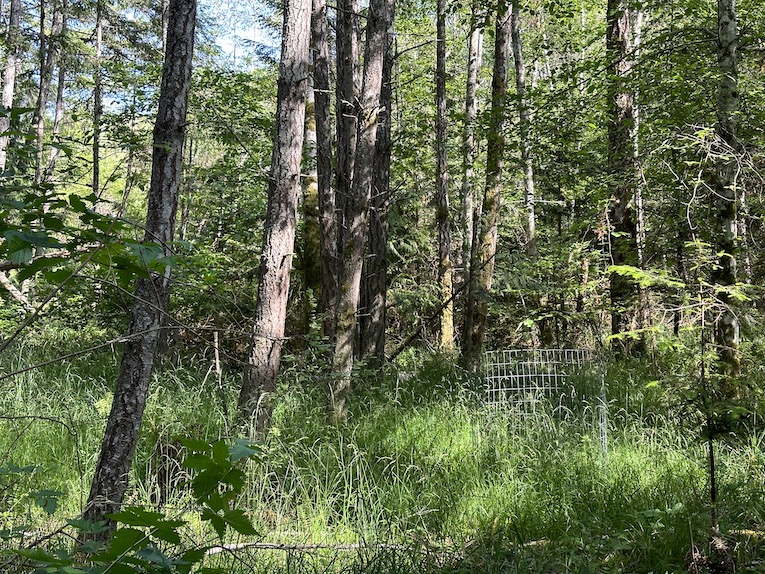
Because black-tailed deer numbers on Pender Island are so high, it is only a matter of time before a disease kicks in and things begin to change; but this isn’t any comfort for those who are planting young trees now. Protecting them has become a major issue, especially when the regeneration of woodlands from seedlings is nonexistent. This is unfortunate because many of us have a habit of planting the wrong trees in the wrong place — nature usually does it better, but as long as deer numbers remain high, natural regeneration of forests will be almost non-existent.
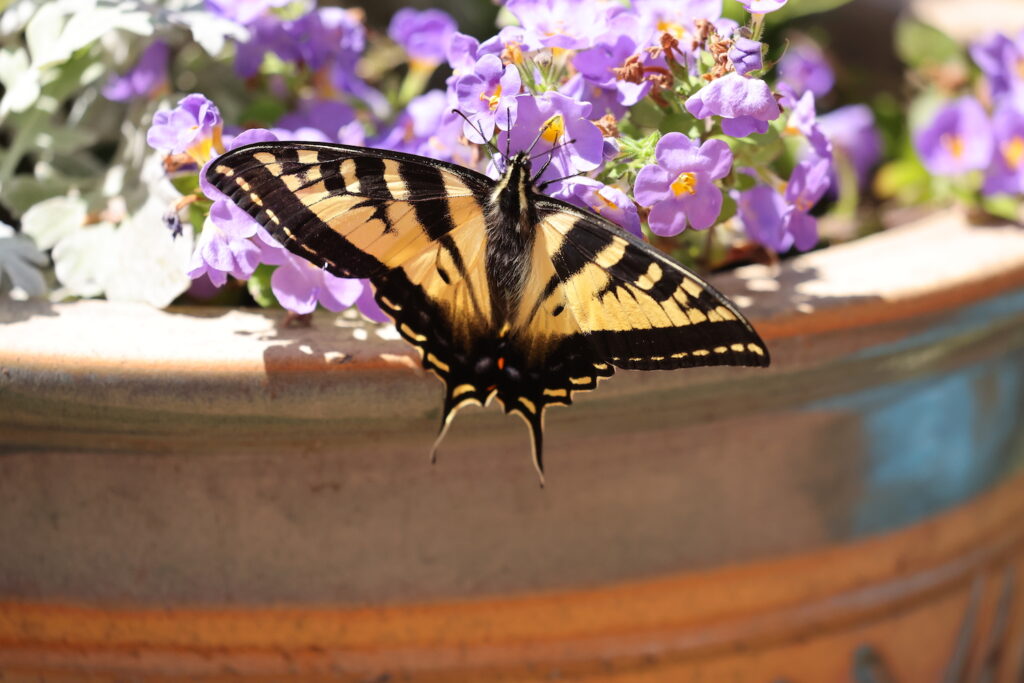
For insects that come to flowers for food, the presence of deer causes an inevitable reduction in nectar availability. Put simply, there isn’t enough flower power to support the natural pollinators that might otherwise show up. This because the deer are munching their way through almost everything they can reach.
Our host told us that daisies were growing along her drive; and for many years the deer had left them alone, but more recently the grazers had developed a taste for the plants which have now all but disappeared. I spent some time photographing black-tailed deer munching during our stay and they regularly fed on the daisy plants at least once a day, specifically eating out the flower buds. Other than digging out the roots (which deer are not equipped to do), buds and shoots are the most nutritious part of the plant available to them.
While deer give Pender Island plants a hammering at ground level. Leaves above and beyond their reach are also being eaten, but not by the deer. One morning we took a very slow walk up Mt Norman to the overlook that provides a very fine view of the Gulf Islands. Along the lower part of the trail, there was a sound similar to that of gentle rain falling, but we weren’t getting wet. Looking up we could see the woven masses produced by tent caterpillars in the branches above. The precipitation could only be caterpillar poo, and fifty metres further on, things got even stranger.
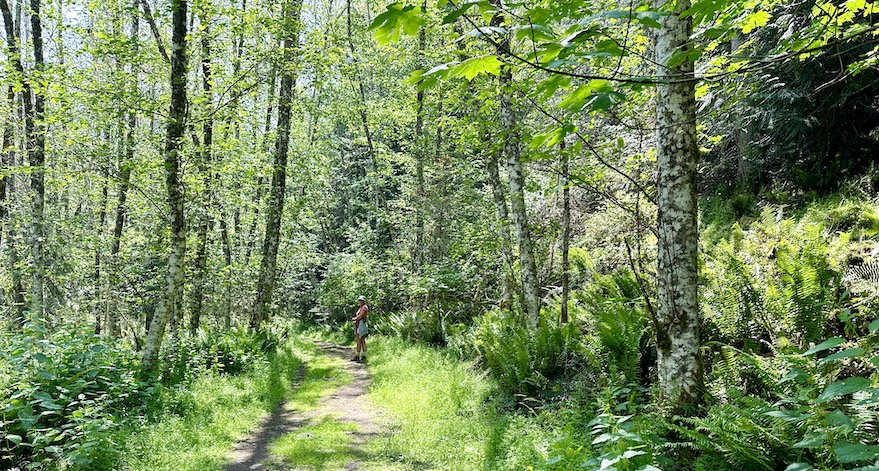
As we passed under overhanging trees, there was a sudden precipitation of live caterpillars. I crouched down to take pictures of the fallen as they wandered over deer chewed ferns, and as I did so, the caterpillars continued coming down, attaching themselves to my clothes and camera bag. All around me, thousands of the fallen were on the move. Having cleared the branches of the foliage above they had dropped to ground level, either in search of something else to eat, or more likely, to find somewhere for pupation.
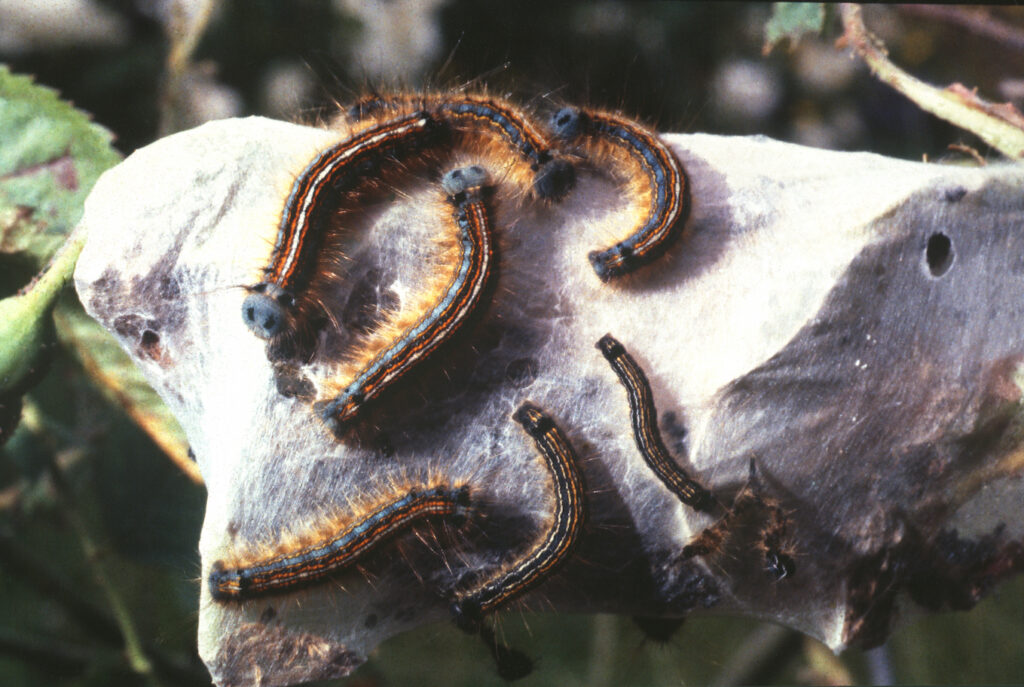
I remember seeing similar numbers of caterpillars as a child when living in the UK. There had been years when lackey moth (Malacosoma neustria) and brown-tail moth (Euproctis chrysorrhoea) produced large numbers of offspring; both were common to southern regions of Britain and their caterpillars were often seen in large numbers in the coastal area where I lived. On occasions during the 1970s these communal moth caterpillars reached pest proportions through spring and early summer, defoliating blackthorn and hawthorn bushes along with flowering fruit trees. One particular year numbers were especially high and people began to complain of rashes after coming into contact with the airborne hairs of the caterpillars (those of the brown-tail are said to be more irritating), some even experienced breathing difficulties. Despite the many hours I spent taking pictures of both species I never suffered any health problems. Recently and invasive species the oak processionary moth (Thaumetopoea processionea) began spreading across Southern England. Its caterpillar’s hairs are properly toxic with the urticating protein thaumetopoein.
On Pender Island we had hit the peak of a natural event. The native species Malacosoma californicum or western tent caterpillar was experiencing a year of extremely high numbers which is said to run in 7 year cycles, although this can vary. On occasions the caterpillars will show up several years in a row. Plants are often defoliated, but most of these will recover. Nevertheless, climate change is causing more frequent drought summers, and such events put extreme pressure on a great many plant species, especially when caterpillar are present in high numbers, as has been the case on both Vancouver Island and the Gulf Islands.
The reproduction of some plant and animal species may have evolved to run out of synch with the build up of natural predators. The complete story is not yet known and research is ongoing. Some plants may reduce predation if they don’t produce much seed for several years in a row, which naturally reduces the number of the animals dependent on the seeds for food. Then in years when these animals are at their lowest ebb, seed production will go into overdrive, a process known as masting. Essentially the tent caterpillars are an example of this reproductive response which helps them to avoid predators such as parasitic wasps. When caterpillar numbers become exceptionally high, microorganisms will begin to take a toll in the same way that other equally specific microorganisms will do when deer numbers are on the rise. Another possibility is that in really bad years of infestation, plant leaves become so decimated, many of the caterpillars will simply starve to death.
As a native species, tent caterpillars have many predators: these include everything from mammals, birds and insects, through to fungi and bacteria. Together predation and disease provide a long term balance to caterpillar survival; although it may not seem like it when you are a fruit grower and subjected to the overwhelming onslaught. Unfortunately, we humans have a major impact on many ecosystems, and it is often difficult to judge whether a species is becoming a pest due to our interference, or is down to natural causes (assuming for a minute we are not a natural cause!). Certainly, we see imbalance at the most basic levels when humans inadvertently provide a free lunch for species such as crows, rats and domestic cats, causing their numbers to rise and deplete prey animals in a way that would not be possible if their numbers dropped in line with prey availability.
Tent caterpillars in unusually high numbers might not seem natural to a fruit grower who understandably views himself as the injured party. However, from a biological perspective the fruit grower is providing supplementary food for moth caterpillars and responsible for increasing the species chances of success. It is pointless to argue the case against the fruit grower because we all view the workings of the Universe from our own perspective — something created inside of our heads — when in reality the Universe is outside of our heads and doesn’t really care.
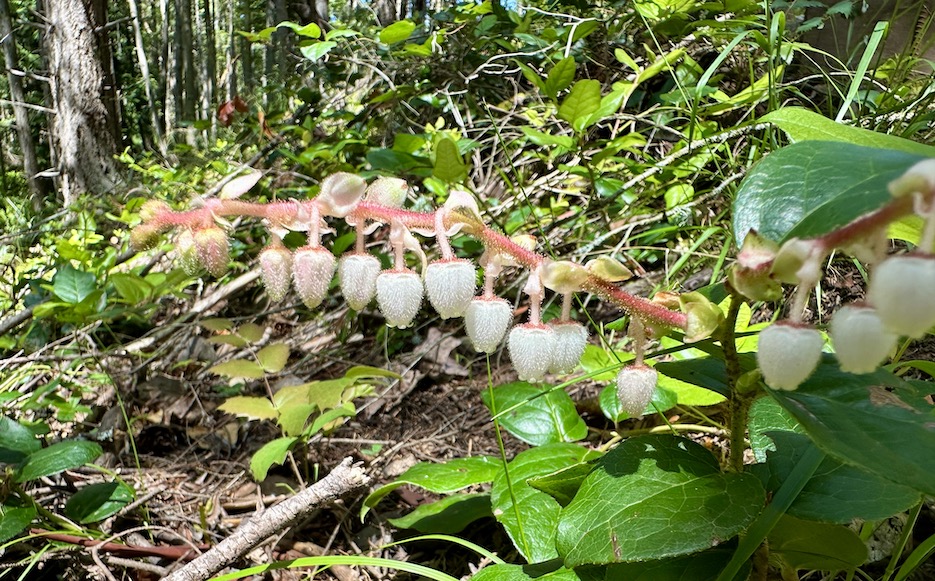
As we moved closer to the top of Mt Norman I was pleased to see a coral root orchid (Corallorhiza maculata) by the side of the trail. Soon after we passed through a mass of low growing Pacific Northwest salal (Gaultheria shallon); both plants were in full flower and encouragingly neither had been eaten by deer or tent caterpillars.
A little further on we arrived at the outlook with its magnificent views and ahead of us the land dropped away down a slope to form a sparse grassland. It was here I saw what I thought was a propertius duskywing butterfly (Erynnis propertius), the largest of the dark brown skipper butterflies to be found in British Columbia.
I had never seen this butterfly before and wondered if my identification was correct. If I was correct then I was fortunate because this species status in B.C. is vulnerable. In terms of numbers the butterfly was hardly all over the place — I saw only two of them, but in terms of flight it really was, with a rapid and erratic flight that is common to most skippers.
I had seen the butterfly feeding shortly after our arrival and finally managed a shot of it just before we left. I was aware however that this could have been a Persius duskywing (Erynnis persius) which is a smaller butterfly with slightly different wing markings. Identifying some butterflies can be difficult. Sometimes you can only be certain by dissecting out their private parts. From the butterflies point of view this is counter productive, and perhaps more significantly counter reproductive.
Returning to sea level we visited the beach below the cottage where we were staying, only to discover equally large numbers of tent caterpillars on the move. I was surprised to see one walking on water close to the rocks where I was standing. It would be quite something if we could do this, but aided by surface tension it is no big deal for a caterpillar.
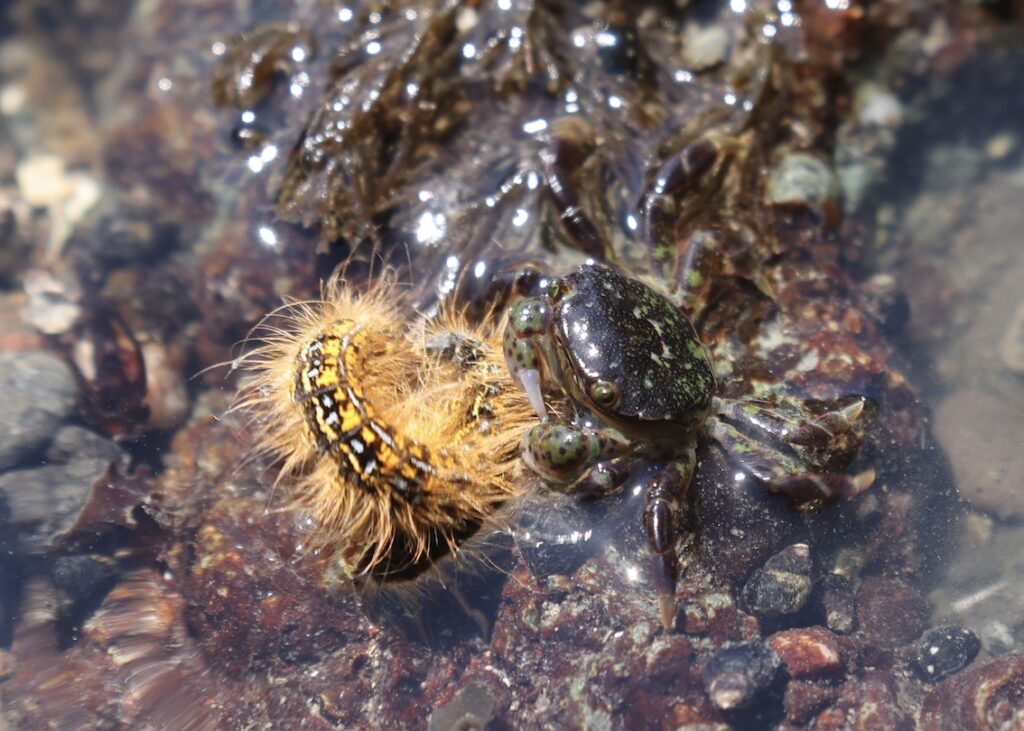
It was the first of its kind I’d ever seen walking on the sea. I had already noticed that the shore was busy with small crabs and could see the way things were going. I at once focussed on the unfortunate creature… There was a sudden movement from beneath the surface, at which point I slipped on the rocks and fell backwards. As I did so I fired off three shots and the result was one half decent picture. My success was entirely down to the new mirrorless camera that I had recently bought. It has image stabilization and I was very pleased to capture something useful; but there was also a tinge of disappointment as my photography now requires so little input from me.
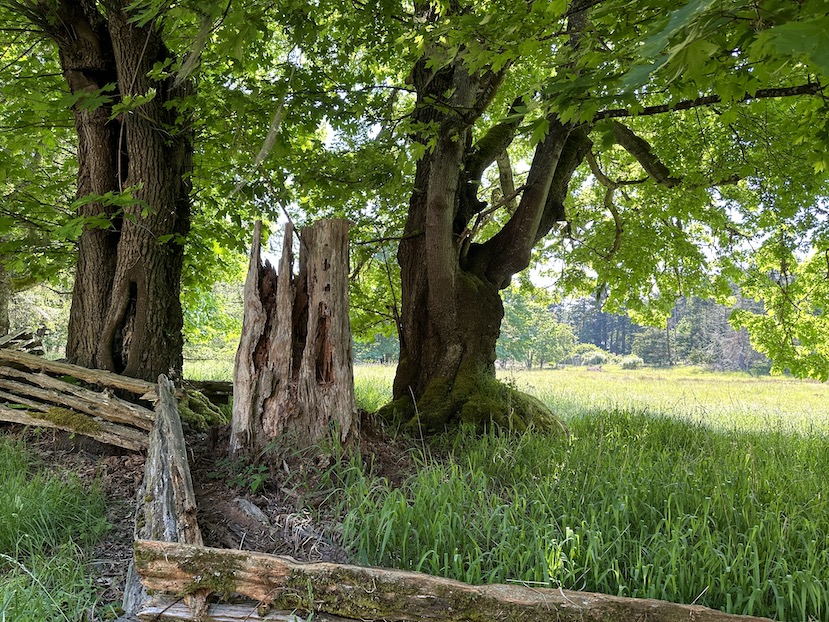
Despite the mass destruction of a great many leaves and flowers by the intensive grazing on Pender Island (which you might not notice if you weren’t paying attention), our visit proved to be a wonderful experience. The island has the advantage of stunning scenic views and a peaceful ambiance that it is increasingly difficult to find elsewhere. Hopefully the Gulf Islands will not go the same way as the Lower Mainland and will remain for years to come, havens of peaceful tranquility.
The Maine Moose picture was taken by Jenny Stevens.
